Lifstan Way Bomber Crash

Southend Timeline Southend-on-Sea © 2009 - 2022. All Rights Reserved
The
RAF
fighters
seized
the
opportunity
to
swoop
in
and
attack
the
now
vulnerable
bombers,
who
had
yet
to
jettison
their
bomb-
loads.
Two
of
the
Spitfires,
picked
out
one
of
the
bombers,
they
were
taking
it
in
turns
to
fire
at
the
aircraft,
its
port
engine
had
been
hit,
rendering
the
cooling
system
useless,
the
fighters
started
attacking
the
starboard
wing
which
then
caught
fire.
Despite
the
continued
attack
by
the
RAF
fighters
the
German
bomber
was
able
to
continue
on
its
course
towards
Southend-on-Sea.
Spotting
the
melee,
several
Hurricane
fighters
patrolling
the
Thames
Estuary
joined
the
fight.
The
aircraft
was
seen
to
circle
Southend
a
number
of
times,
one
of
the
Hurricanes
flew
in
and
opened
fire,
a
shell
from
one
of
its
cannons
struck
the
elevator
of
the
damaged
bomber
destroying
it,
this
rendered
the
aircraft
un-flyable,
the
aircraft
then
turned
and
dived
into
the
ground.
The
German
aircraft
crashed
into a field above Lifstan Way where it broke up upon impact.
A
police
sergeant
and
eight
constables
were
sent
to
the
scene.
Upon
arrival
they
found
the
aircraft
had
been
totally
destroyed,
and
the
fire
brigade
attending
to
a
number
of
fires.
Officers
from
PB6
(Police
Box
6)
Southchurch,
also
arrived
on
scene,
it
was
found
that
three
of
the
crew
members
were
dead
in
the
debris.
Adolf
Saam
was
found
wearing
an
identity
disk,
within
the
pocket
of
Otto
Fischer’s
uniform
was
a
civilian
identity
card
with
his
photo
attached,
the
third
body
was
assumed
to
be
that
of
Ernst
Erhard
Von
Kuenheim.
It
was
also
reported
that
two
parachutes
had
been
seen
coming
from
the
German
aircraft
before
the
crash,
one
had
come
down
close
to
the
seafront
with
another
landing
on
Thorpe
Bay
golf
course.
Wolf
Roseler
landed
on
Thorpe
Bay
Golf
Course
and
was
arrested
by
Sgt
Thorogood
and
Special
Inspector
Walker,
Roseler
did
not
resist,
he
stated
that
he
had
thrown
is
handgun
away
whilst
descending
on
his
parachute,
a
search
of
him
found
no
weapon,
he
was
handed
over
to
the
military
who
took
him
to
the
Shoebury
Garrison
where
he
was
held
overnight.
Helmut
Gall
had
landed
on
the
foreshore
just
east
of
the
pier,
he
was
immediately
taken
into
custody
by
military
personnel
and
was
taken
to
the
Royal
Terrace
headquarters.
Whilst
detained
he
received
first
aid,
and
was
given
a
meal
and
bed
for
the
night.
The
following
morning
Wolf
Roseler
was
escorted
by
armed
guard
to
the
Royal
Terrace
Headquarters,
where
the
two
airmen
were
reunited,
after
thanking
the
Army
for
the
first
aid,
the
two
German
airmen
were
handed
over
to
Military
Police
and
taken
to
Southend
Central
railway
station
where
they
boarded
a
train
to
London.
Roseler
and
Gall
would
see
out
the
rest
of the war in a Prisoner of War Camp in Canada.
Upon
impact
the
aircraft
broke
into
several
pieces,
the
tail
section
ended
up
wedged
in
some
trees,
with
the
rest
of
the
debris
spread
over
a
wide
area,
much
ended
up
spread
across
Lifstan
Way
and
on
the
embankment.
It
was
initially
assumed
that
the
bomber
had
already
dropped
its
deadly
payload
as
other
bombers
had
been
seen
to
release
the
bombs
they
had
been
carrying,
however,
it
was
quickly
discovered
that
the
payload
of
six
250kg
high
explosive
bombs
were
found
scattered
across
the
crash
site,
the
police
immediately
created
a
200ft
exclusion
zone
around
the
site.
Officers
were
positioned
at
the
junction
of
Lifstan
Way/Woodgrange
Drive
at
the
southern
end
and
at
the
White
Horse
public
house
at
the
northern
end,
trains
were
also
halted
between
Southend
East
and
Thorpe
Bay
stations.
Once
the
live
bombs
and
ammunition
had
been
removed,
the
clean
up
teams
went
in
to
remove
the
larger
pieces
of
wreckage,
also
the
Medical
Officer
of
the
Health
Department
had
the
task
of
removing
the
dead
bodies
to
the
mortuary
at
the
hospital.
Thankfully
there
was
no
damage
to
houses
or
the
railway
line,
a
number
of
trees
were
damaged
and
a
council
fence
running along the boundary of the crash site was flattened.
The Dead Crew
The
crew
members
that
had
been
lost
were
later
laid
to
rest
with
full
military
honours
at
the
Cannock
Chase
German
Military
Cemetery,
Staffordshire:
Ernst
Erhard
Von
Kuenheim:
Plot
1,
Row
4,
Grave
107.
Otto
Fischer:
Plot
1
Row
4
Grave
106.
Adolf
Saam:
Plot 1 Row 4 Grave 108.
The Site Today
Today
there
is
no
evidence
of
the
crash,
the
side
of
field
at
the
top
of
the
hill
alongside
the
railway
line
where
the
initial
impact
took
place
is
a
children’s
play
park,
the
embankment
on
the
other
side
of
Lifstan
Way
which
saw
most
of
the
wreckage,
is
now
a
housing
estate.
Surviving Artefacts
At
the
time
it
was
difficult
for
the
authorities
to
clear
every
piece
of
wreckage
from
the
scene.
Most
of
the
larger
components
were
removed
from
the
site
including
the
tail
section,
engines
and
guns,
many
smaller
parts
were
left
on
site.
Reports
say
someone
took
the
tail-wheel
away,
whilst
school
kids
would
scour
the
site
for
weeks
looking
for
anything
they
could
to
add
to
their
collections.
It
is
known that the Southend Museum Service hold some parts of the wreckage for their collection.
When
Nick
Skinner
was
at
the
helm
of
Southend
Timeline
he
was
lucky
enough
to
be
given
some
of
the
few
known
surviving
parts
by
the
family
of
the
boy
who
collected
them
,
they
are
unidentifiable
as
to
what
part
of
the
aircraft
they
originate
from,
they
are
a
small
but still a very important part of Southend’s history.
A
single
MG15
round,
exploded
by
fire
after
the crash.
Three
photos
of
parts
of
the
aircraft
that
were
recovered
from
the
crash site.
The Heinkel He 111 crash
The
aircraft
that
crashed
was
one
of
up
to
40
aircraft
that
left
Vitry-en-Artois
Airfield
in
France
on
a
high
explosive
and
incendiary
bombing
mission
to
the
De
Havilland
and
Handley
Page
aircraft
works
at
Bricket
Wood
close
to
Hatfield,
these
bombers
had
an
escort of about 30 fighters flying defensive cover.
As
the
formation
approached
the
UK
from
the
east
it
was
intercepted
by
RAF
Spitfire
Mk1’s
of
the
222
Squadron
operating
out
of
RAF
Hornchurch
at
around
13,000ft
whilst
in
a
“Vic”
formation.
The
formation
of
German
bombers
and
fighters
had
to
divert
from
its
intended
target
area,
and
head
towards
a
secondary
target,
it
was
at
this
point
that
the
German
escort
fighters
had
to
abandon
the
bombers
as
they
were
nearing
the
limit of their fuel to safely return to their home bases.
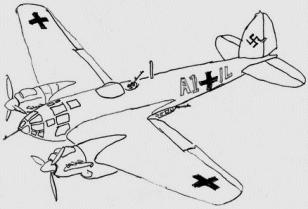
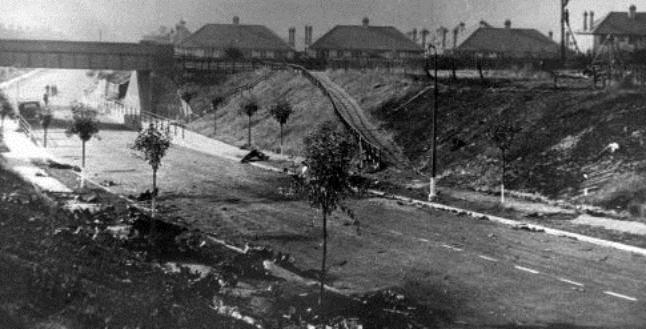
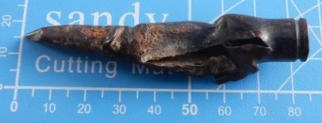
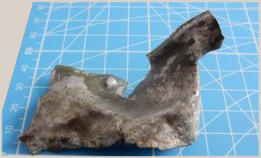
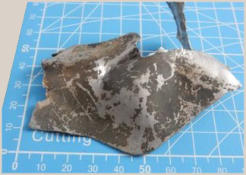
Lifstan Way Area of Crash Site
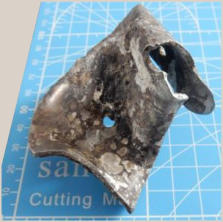
30th August 1940
Contact



Southend-on-Sea’s No 1 History Website! Documenting The Town & The Townspeople

Now Incorporating The Sea Of Change Website
Website Info:


Chalkwell ▪ Eastwood ▪ Leigh-on-Sea ▪ Prittlewell ▪ Shoeburyness ▪ Southchurch ▪ Thorpe Bay ▪ Westcliff-on-Sea

SOUTHEND CITY
































































